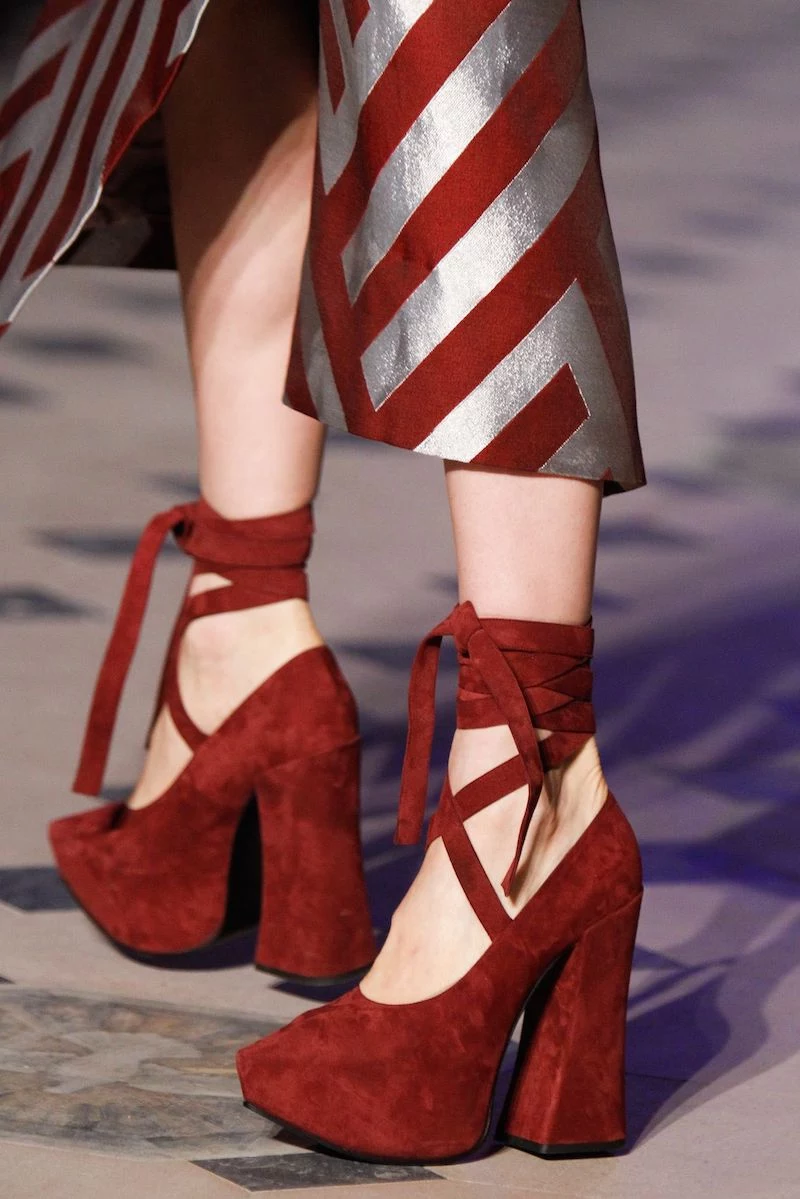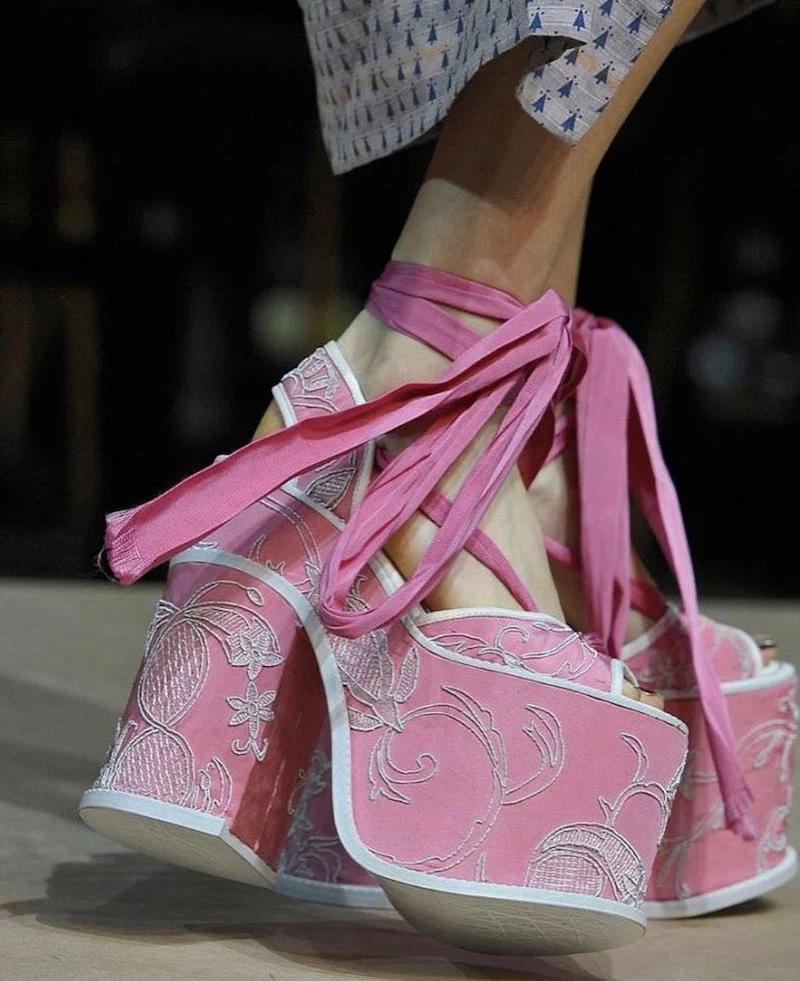Don’t Fear the Suede: Your Guide to Cleaning It Without Ruining It
I think we’ve all been there. You save up and finally buy those sharp suede shoes or that amazing jacket you’ve been eyeing. They feel incredible. You feel incredible. Then, it happens—the first scuff mark. Or worse, a drop of… something. Your heart sinks. You’re convinced they’re ruined forever.
In this article
That feeling is exactly what gets people so anxious about suede. But here’s the truth: suede isn’t nearly as fragile as you think. It’s just misunderstood. It doesn’t require difficult care, just the right care. A lot of the quick fixes you see online can cause way more harm than good, so let’s skip the bad advice.
We’re going to walk through the pro-level methods for cleaning, protecting, and even restoring your favorite suede items. It’s not about being scared to wear them; it’s about having the confidence to know you can handle whatever life throws at them.
First, Why Is Suede So Different?
Before we get into cleaning, it helps to know what you’re actually dealing with. Suede isn’t just fuzzy leather; it’s made from the soft underside of an animal hide. The top, tougher layer is used for traditional smooth leather, while the bottom, more fibrous layer is buffed to create that signature velvety texture known as the “nap.”
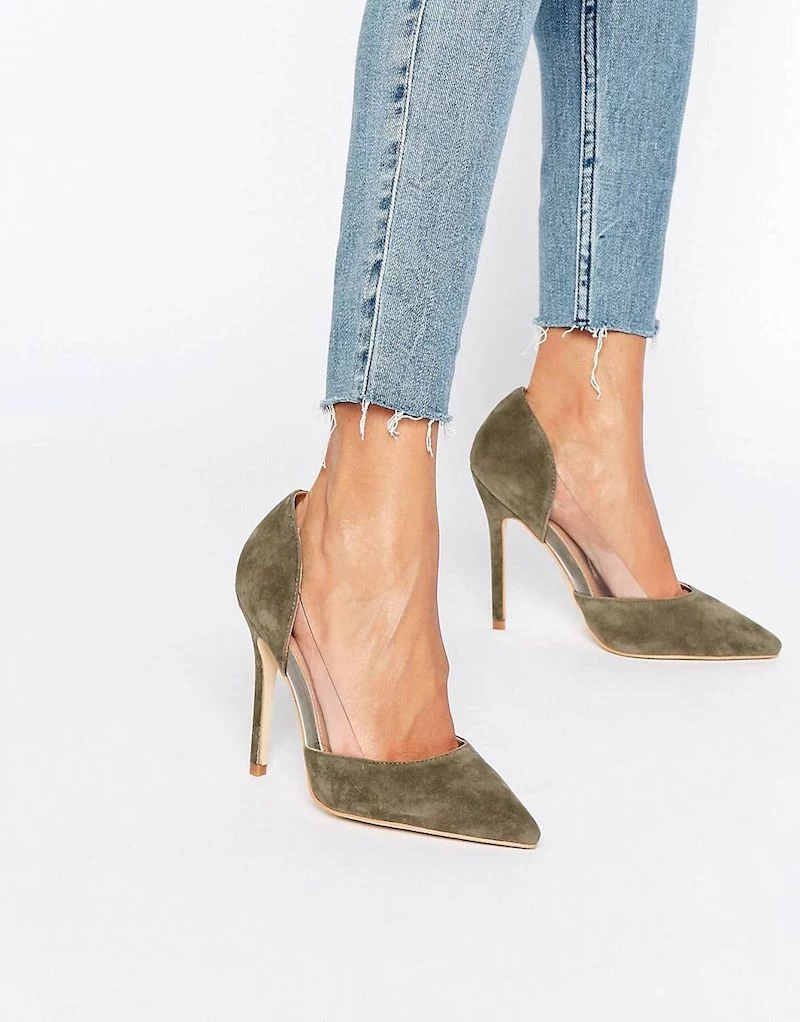
Think of that nap as a super dense, tiny carpet. Each one of those little fibers is perfect for trapping dirt, dust, and oil. The structure itself is also incredibly porous, meaning it soaks up water like a sponge. This is the exact opposite of top-grain leather, which has a naturally sealed surface. This is why you can’t just wipe suede clean—you’re cleaning a deep, fibrous structure, not a smooth surface.
Oh, and by the way, these principles apply to more than just shoes. That suede handbag, jacket, or even furniture? The same rules are in play. Just remember the golden rule: always test any cleaning method on a small, hidden spot first!
Your Essential Suede Care Toolkit (for Under $40)
You really don’t need a bunch of expensive gear, but you do need the right tools. Using an old toothbrush or a kitchen sponge is a recipe for disaster. Investing in a few key items is what makes the difference between a successful cleaning and a sad, ruined pair of shoes.
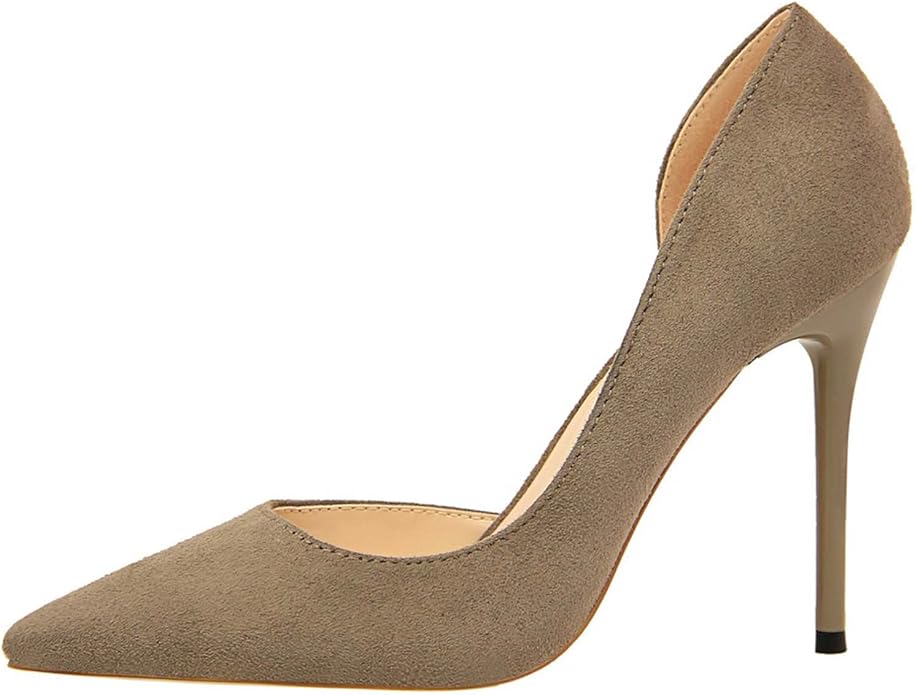
Here’s what you need to build your starter kit. You can find these items at most shoe repair shops, big-box stores like Target, or easily online.
- A Real Suede Brush: This is your most valuable tool, and a good one will only set you back about $10-$15. They usually have two sides. One side has soft nylon or rubber bristles for everyday brushing and light cleaning. The other side has stiffer brass wires, which are for the serious work of lifting stubborn scuffs and reviving flattened, shiny spots.
- A Suede Eraser: This looks like a plain pencil eraser but it’s a total game-changer for dry stains and scuffs. It’s made of a crumbly rubber that gently lifts dirt out of the fibers through friction. This will run you about $7. In a pinch, a clean artist’s gum eraser from a craft store can do the trick.
- Suede Protector Spray: Think of this as an invisible shield for your suede. I consider this a must-have, not an option. A can costs around $15 and uses a formula that creates a water-repellent barrier. It won’t make your items fully waterproof, but it gives you precious time to blot away a spill before it soaks in and stains.
A great bonus tool, if you want to level up, is a Crepe Rubber Brush. It’s a block of soft, crinkled rubber that’s amazing at grabbing surface dirt and fluffing the nap to restore that velvety texture. It’s gentler than the brass brush and perfect for a final touch-up.
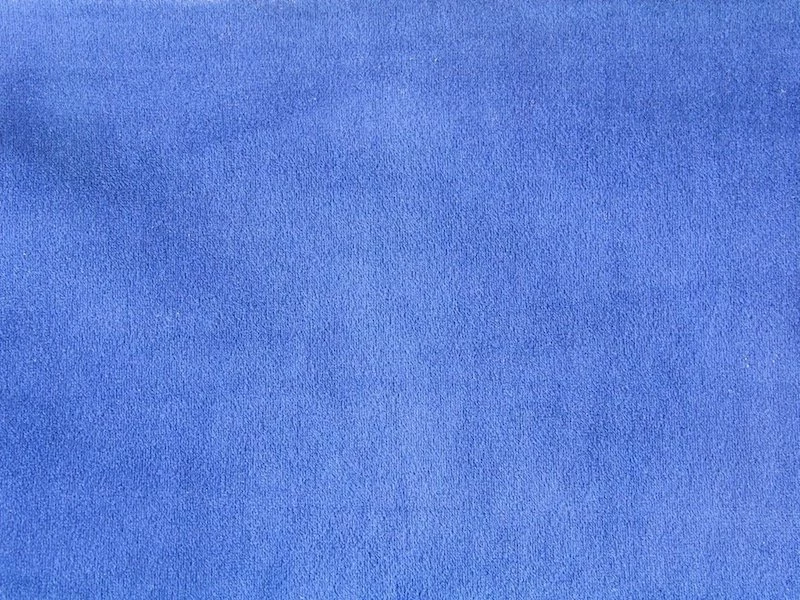
The Most Important Step: Pre-Treating New Suede
Honestly, the best way to fix a stain is to stop it from ever happening. The very first thing you should do with new suede—before you even think about wearing it outside—is to treat it with a protector spray. It takes maybe five minutes of work to save you from a world of hurt later.
Here’s how to do it right:
- Make sure the item is totally clean and dry.
- Work outside or in a well-ventilated area. The fumes are no joke.
- Hold the can about 6-8 inches away and spray in a light, even motion. Don’t soak any one area; a light mist is what you’re after.
- Let it dry naturally for at least an hour. (Heads up: Some brands recommend longer, so always check the label).
- Apply a second light coat and let it dry completely, preferably overnight, before wearing.
Re-apply this spray every few months, or more often if you live in a rainy climate.
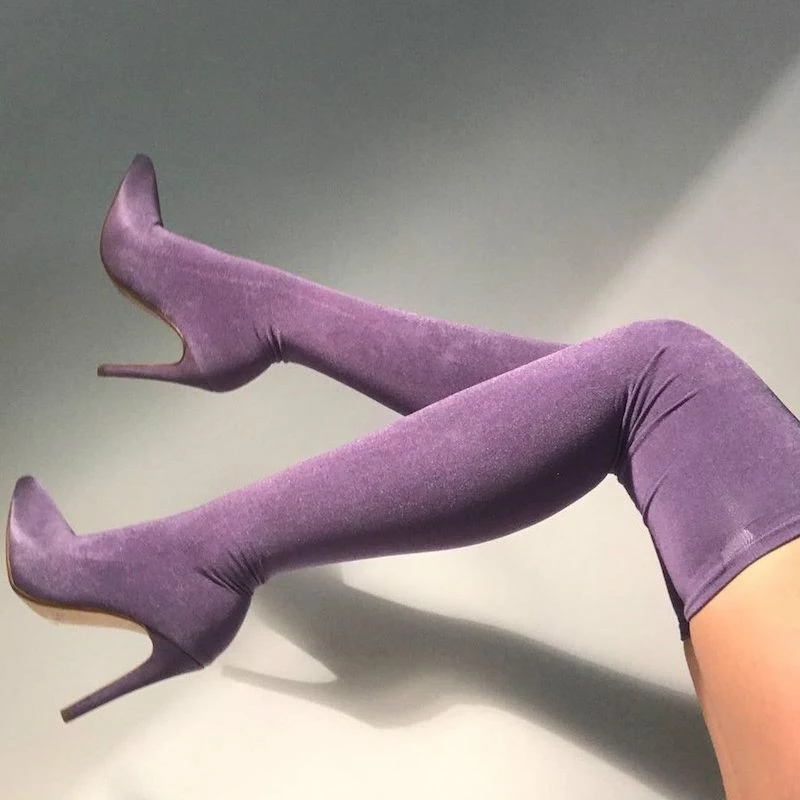
Daily Care and Getting Rid of Dry Scuffs
Good suede care is all about consistency. A quick brush-down after you wear your shoes can prevent 90% of problems down the road. This whole process takes less than two minutes a pair! Seriously.
For minor dirt and those annoying dry scuffs, here’s the method:
- Make sure they’re DRY. This is the cardinal rule. Trying to clean wet suede just grinds the dirt deeper into the fibers, creating a much bigger problem.
- Start with a gentle brush. Use the soft side of your suede brush and move in one direction to lift off surface dust and freshen up the nap.
- Use the eraser on marks. For specific scuffs, rub the suede eraser over the spot with firm pressure. The eraser will crumble as it lifts the mark. Just brush away the debris when you’re done.
- Tackle stubborn scuffs. If a spot is matted down and shiny, it’s time for the brass bristles. Use very short, light, quick flicks on the flattened area. Be gentle! The goal is just to fluff the fibers back up.
- Finish with a final brush. Give the whole thing a once-over with the soft brush to restore a uniform look.
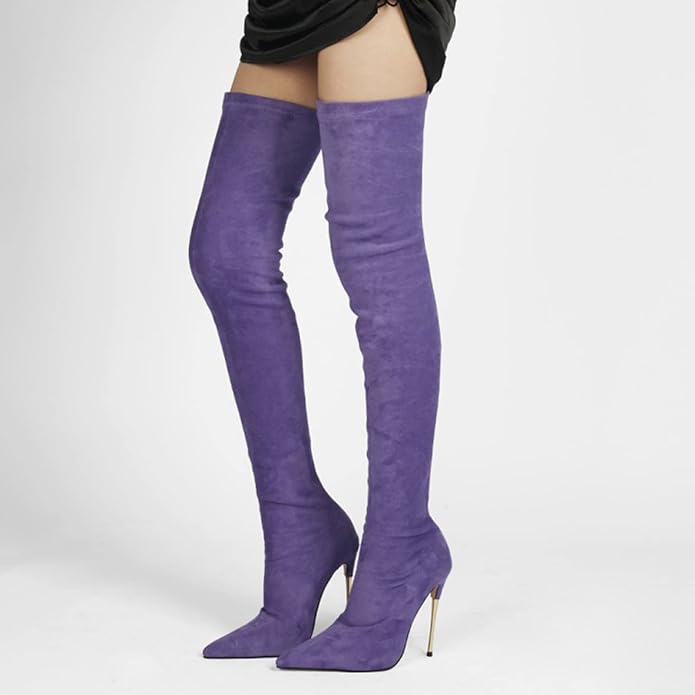
How to Handle Nightmare Stains: Water, Oil, and Salt
Even with the best care, accidents happen. A spilled drink or a drop of greasy food can feel like a catastrophe. The key is to act fast and use the right technique.
The Water Stain Paradox
I know this sounds completely backward, but the best way to remove a water spot is with… more water. A water stain isn’t really a stain; it’s a “tidemark” left by minerals as the water dries unevenly. To fix it, you have to get the entire shoe evenly damp so it can dry uniformly without any lines.
Stuff the shoe tightly with shoe trees or plain paper towels (no newspaper—the ink can transfer!). Then, using a fine-mist spray bottle, lightly mist the entire outer surface until it’s evenly damp and a uniform color. Blot away any excess with a clean microfiber cloth. Let them air dry naturally for a full 24 hours, far away from any heat source. Once they are bone dry, the nap will look flat, but don’t worry. Just brush it vigorously with your suede brush to bring that soft, velvety texture right back.
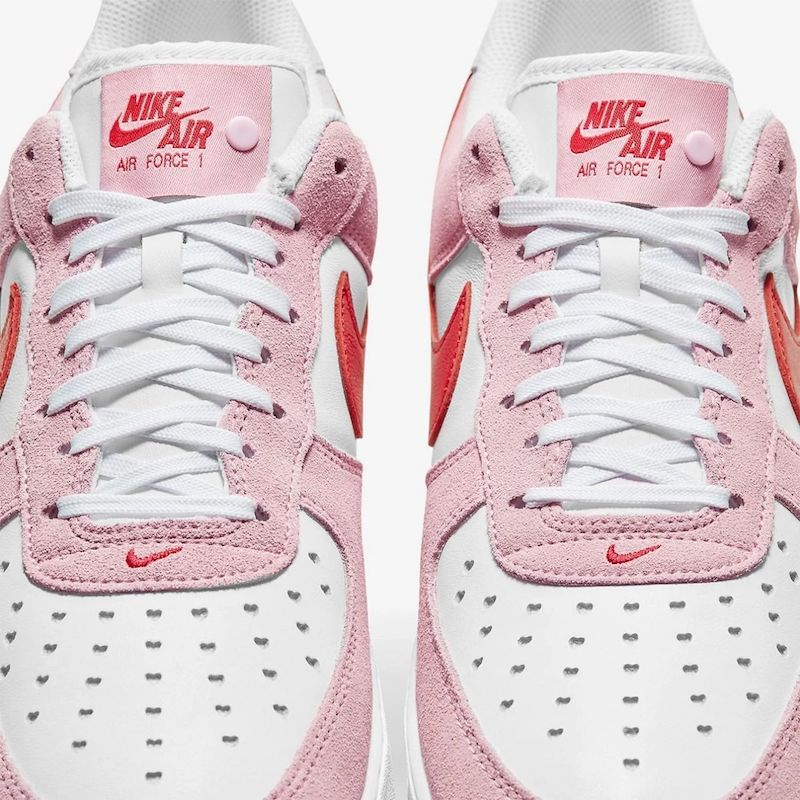
Battling Oil and Grease
Oil is tough because it soaks in deep and fast. The game plan here is absorption.
Blot a fresh stain immediately—don’t rub! Then, generously cover the stain with an absorbent powder like cornstarch or baking soda. Pile it on thick. Let it sit for at least four hours, or even overnight for a bad stain, to give it time to draw the oil out. Afterward, brush all the powder away. You might need to repeat the process for a stubborn spot.
Quick tip: Don’t panic if the powder leaves a faint light spot on darker suede. That’s usually just powder residue. Brush it out thoroughly. If a little dustiness remains, a quick wipe with a barely damp microfiber cloth will clear it right up.
Removing Winter Salt Stains
Those ugly white lines from sidewalk salt are a winter classic. To get rid of them, mix a solution of half white vinegar and half cool water. Dampen a clean cloth with the solution and gently dab at the salt stains. The acid in the vinegar dissolves the salt. Let it dry completely, then give it a good brushing to restore the nap.
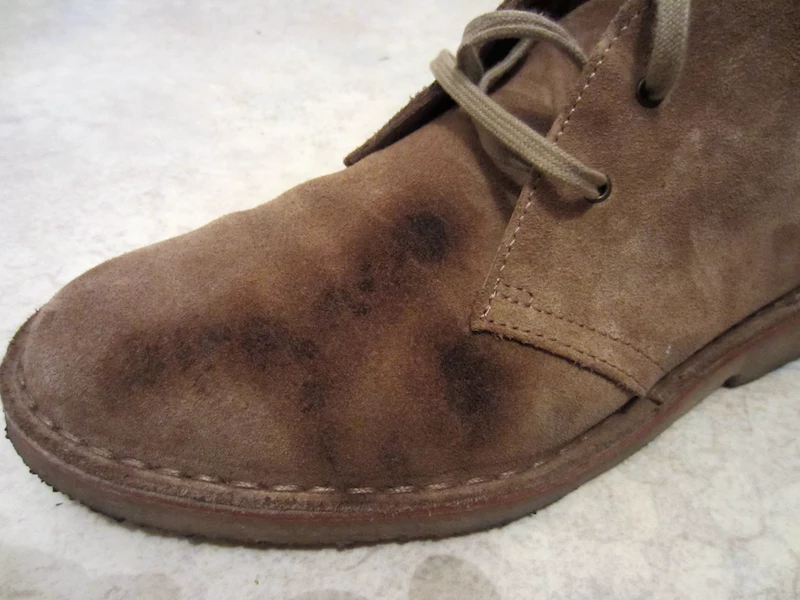
When to Surrender and See a Professional
Look, I’m all for empowering you to care for your own stuff. But knowing when to stop is a skill in itself. It might be time to find a reputable cobbler or leather repair specialist if:
- The item is very expensive or has huge sentimental value. Don’t practice on something you can’t bear to lose.
- You’re dealing with a large, set-in oil stain or a stain from ink, paint, or blood.
- You need a complete color restoration from sun fading. Home dye kits are a recipe for a blotchy mess.
A professional cleaning can cost anywhere from $40 to $80, depending on the item and the extent of the damage. Sometimes, that peace of mind is worth every penny.
At the end of the day, caring for suede is a craft, not a chore. With a little patience and the right know-how, you can keep your suede looking fantastic for years. So go ahead, wear them and enjoy them with confidence.
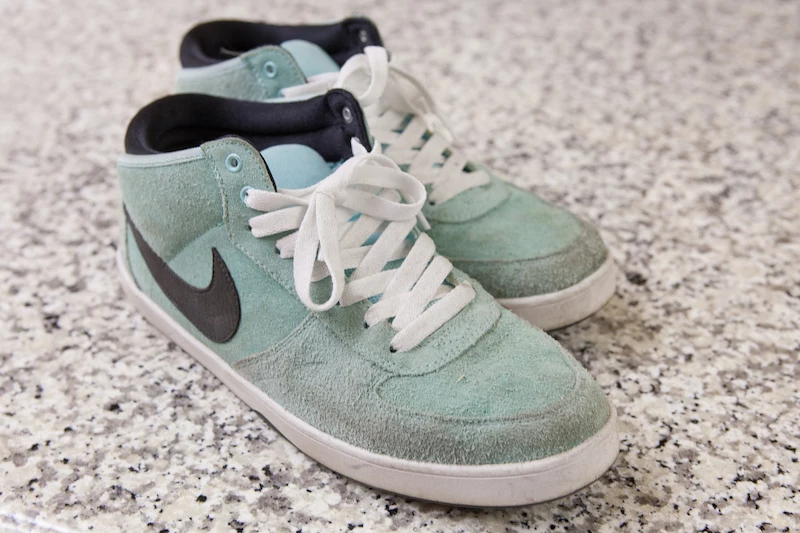
Inspirational Gallery
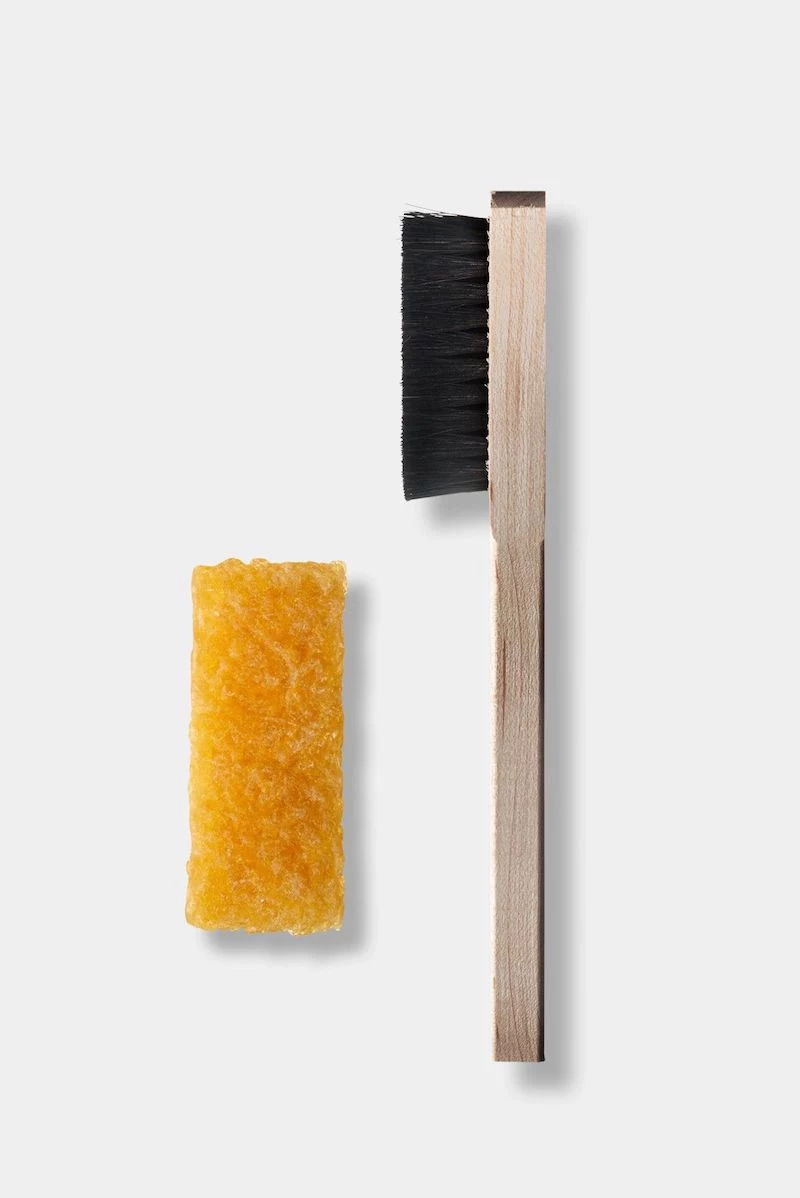
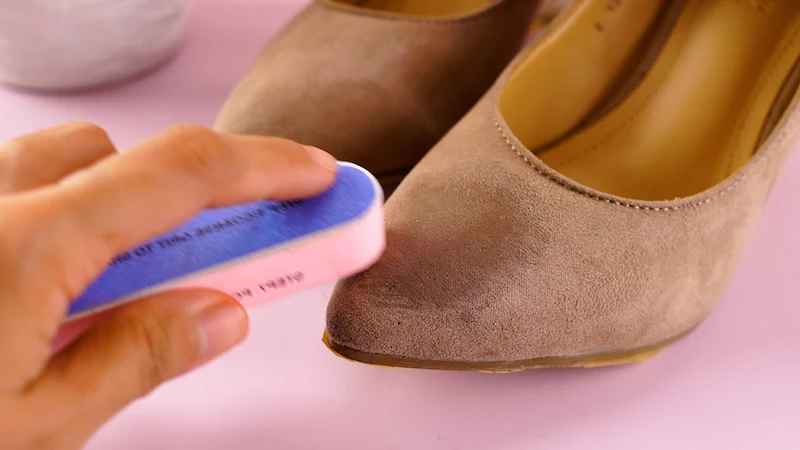
The dreaded oil or grease stain?
Don’t reach for water! Act fast by blotting any excess with a clean cloth. Generously cover the spot with cornstarch or talcum powder and let it sit for several hours, or even overnight. The powder will draw the oil out of the porous fibers. Afterwards, simply brush the powder away with your suede brush. For stubborn, set-in stains, a specialized degreaser like Saphir’s Hussard Oil Stain Remover may be necessary.
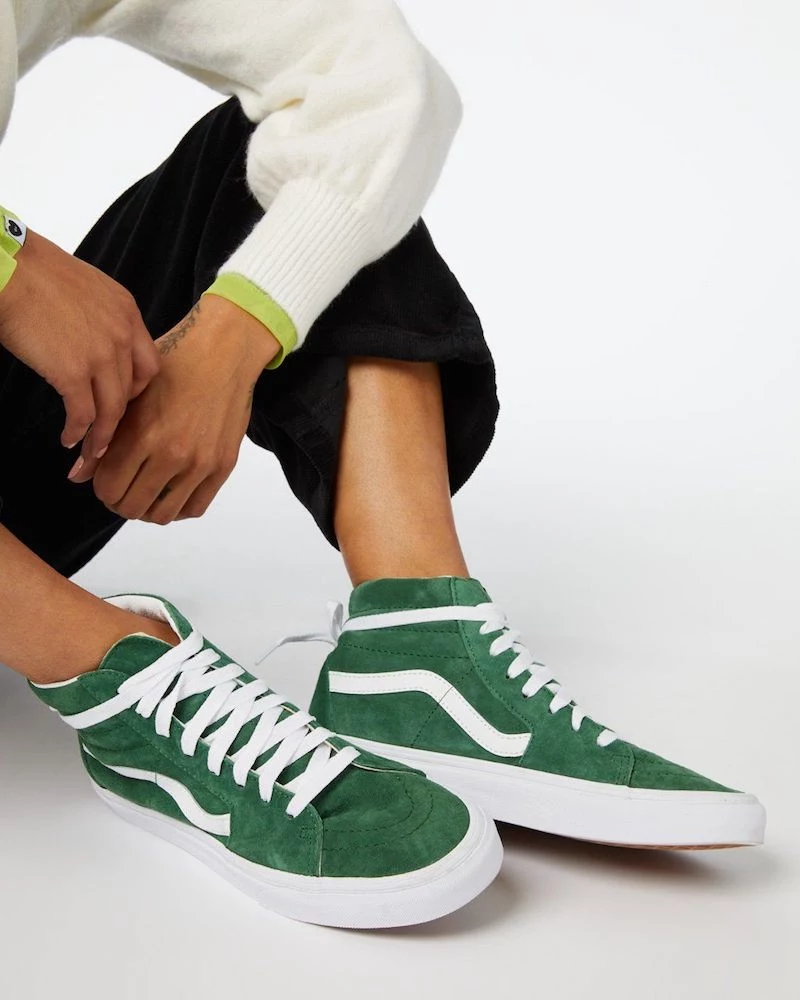
The single most important step: Before you even wear your new suede item, protect it. A high-quality protector spray, like those from Collonil or Kiwi, creates an invisible barrier against water and minor stains. Apply two thin, even coats from about 6-8 inches away in a well-ventilated area, letting the item dry completely between applications. This ten-minute task can save you hours of cleaning later.

Have a pair of shoes that look flat, matted, and lifeless? You can often bring them back from the brink. The key is to re-fluff the nap.
- First, give them a thorough brushing to remove loose surface dirt.
- Carefully hold the item over steam from a kettle for a few seconds to open up the fibers.
- While still slightly damp, brush vigorously with your suede brush to lift the nap. Let them air dry completely.
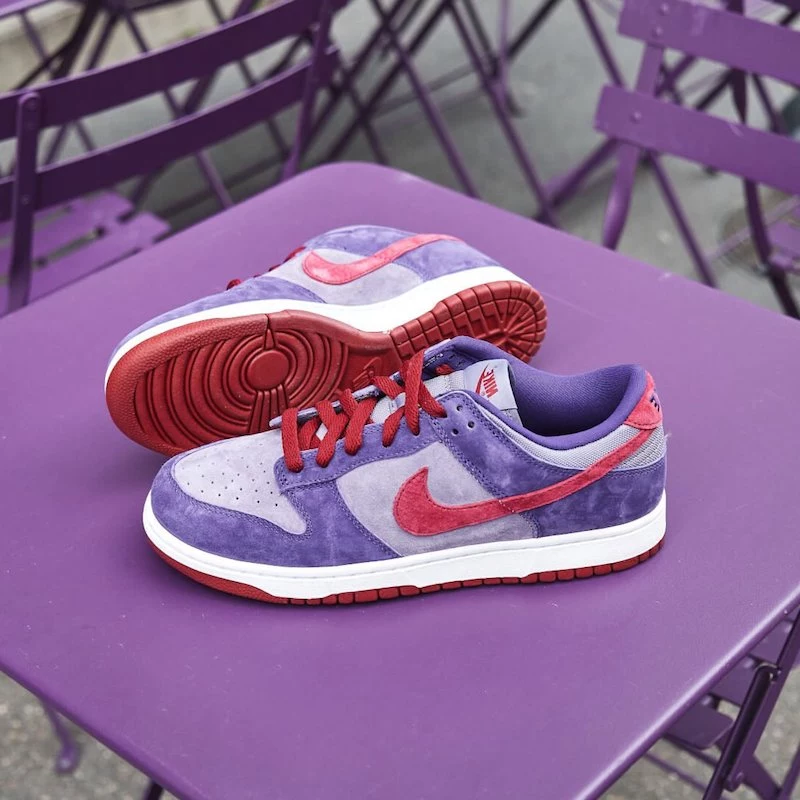
Suede: Made from the soft underside of the hide, it has a shaggier, more noticeable nap. It feels fuzzy and is highly porous.
Nubuck: Made from the outer side of the hide (top-grain), which is then sanded down. It has a finer, more velvety nap and is generally more durable.
While their care is similar, nubuck can often withstand slightly more vigorous cleaning than its delicate cousin.
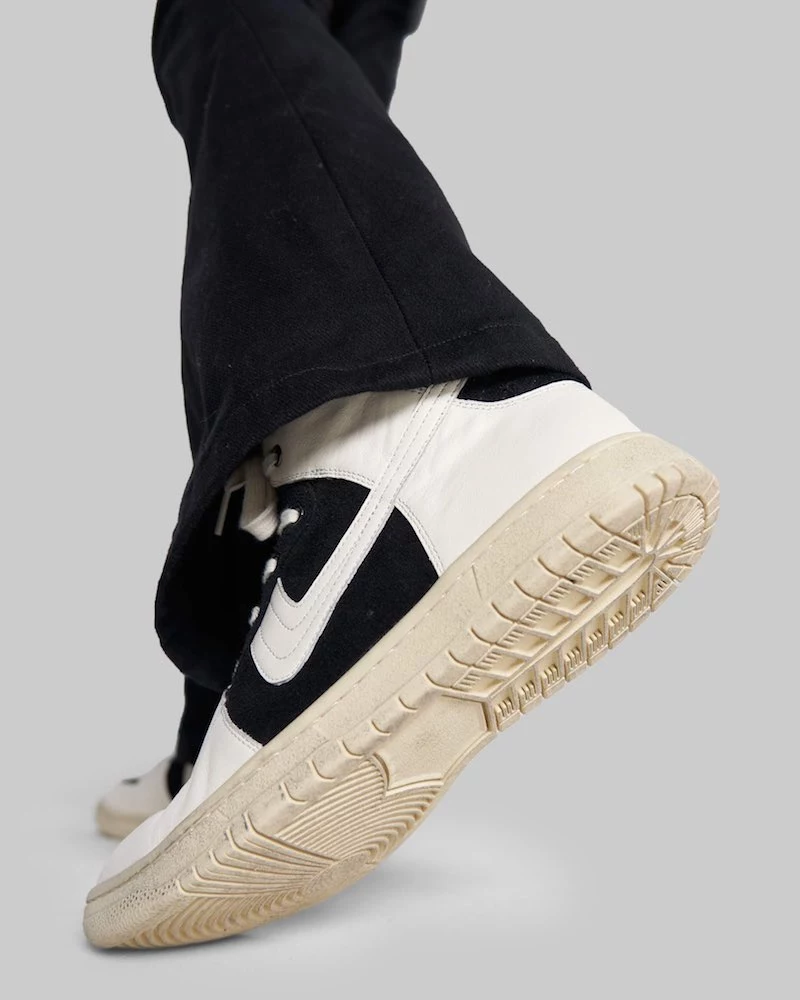
- It removes dry scuffs and dirt without chemicals.
- It gently lifts flattened nap in high-wear areas.
The secret? A dedicated suede eraser. Think of it as a targeted reset button for small imperfections. Use it with gentle pressure, as if erasing a pencil mark, then brush away the residue with your suede brush.
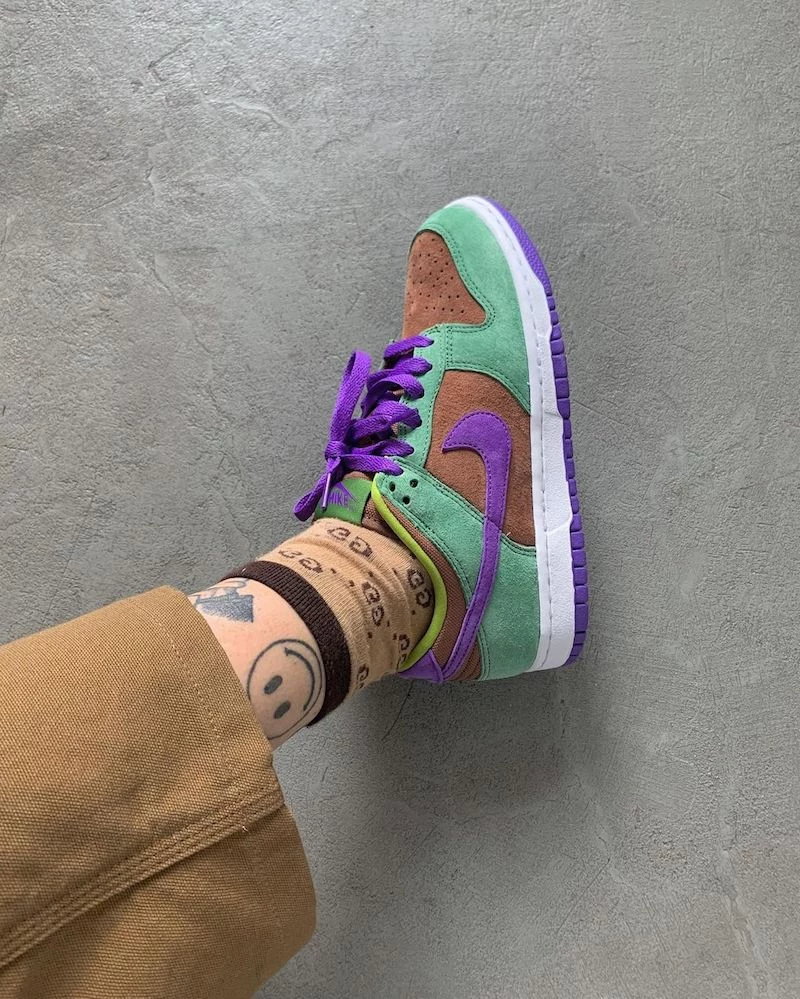
A common myth is that a single drop of rain will instantly ruin suede.
While you shouldn’t go puddle-jumping, a few raindrops aren’t a death sentence. Let the item air dry naturally, away from any heat source. Once completely dry, use your suede brush to gently fluff up the nap and restore its texture. The water may leave faint spots, which can often be buffed out.
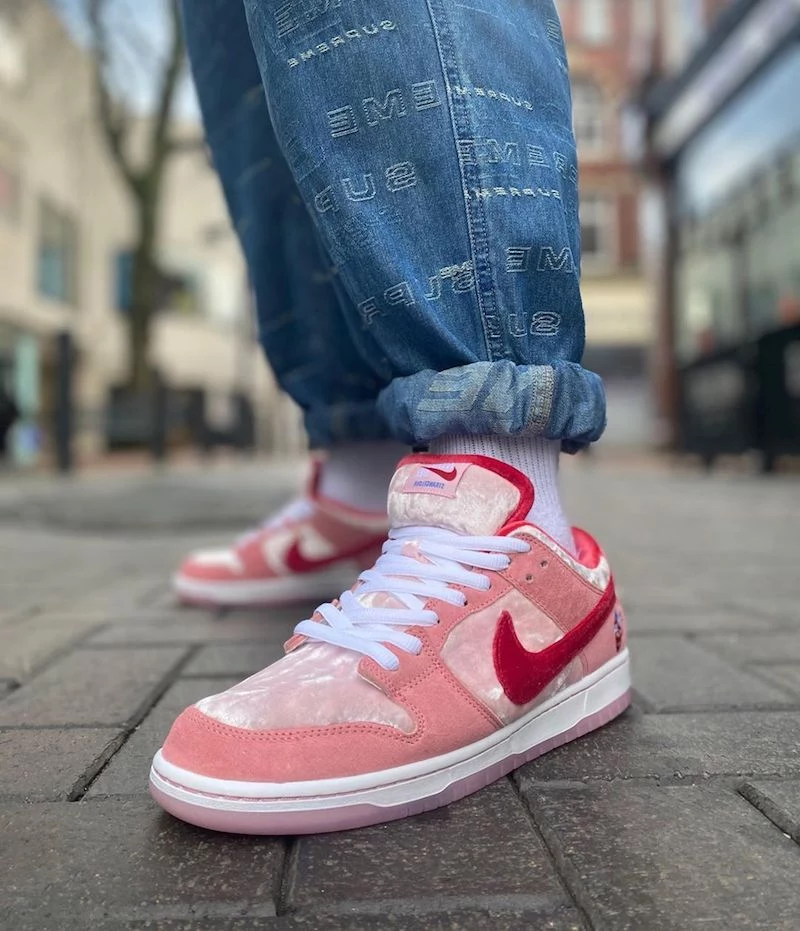
Sometimes, you need to call in the experts. For deep-set stains, significant water damage, or color fading on a treasured item like a designer handbag or a pair of Alden boots, a professional shoe cobbler is your best bet. They have access to industrial-grade cleaners, steam machines, and dyes to restore color and texture safely.
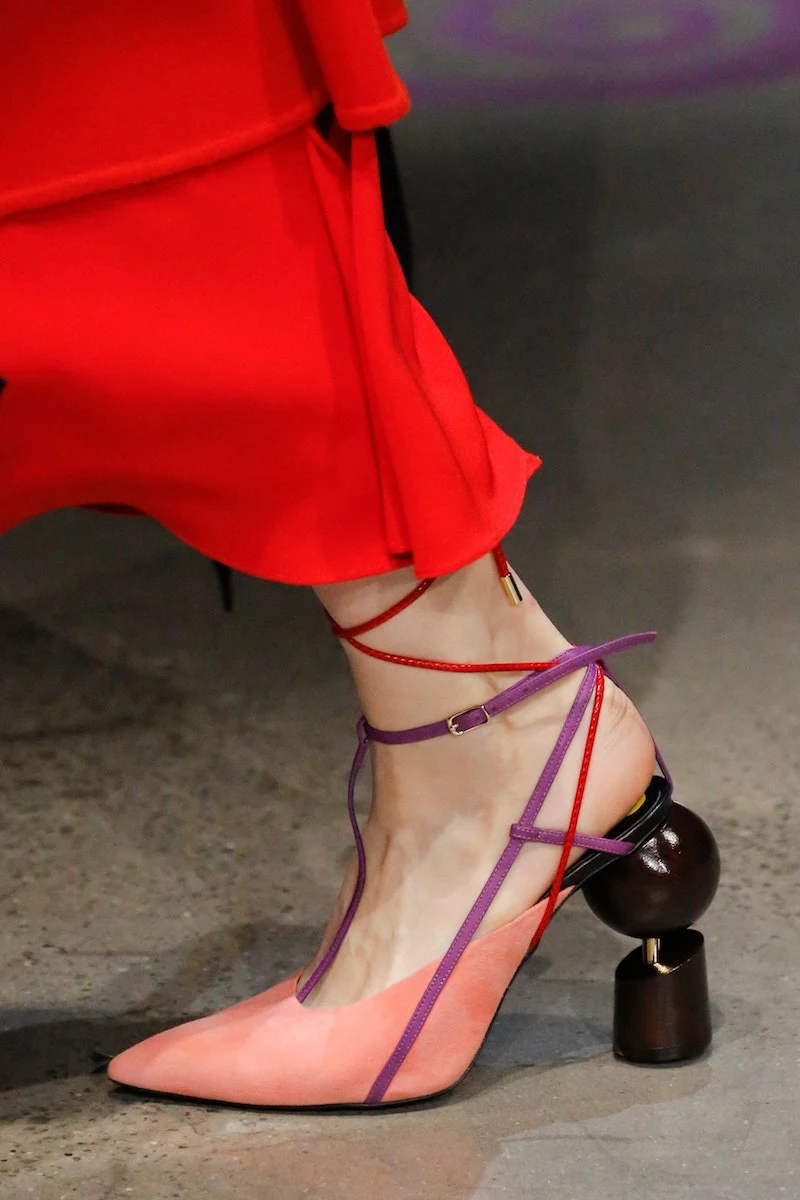

- Store items in a cool, dry place away from direct sunlight, which causes fading.
- Use cedar shoe trees to help shoes absorb moisture and maintain their shape.
- Keep jackets and bags in breathable fabric dust bags, not plastic, which can trap humidity.
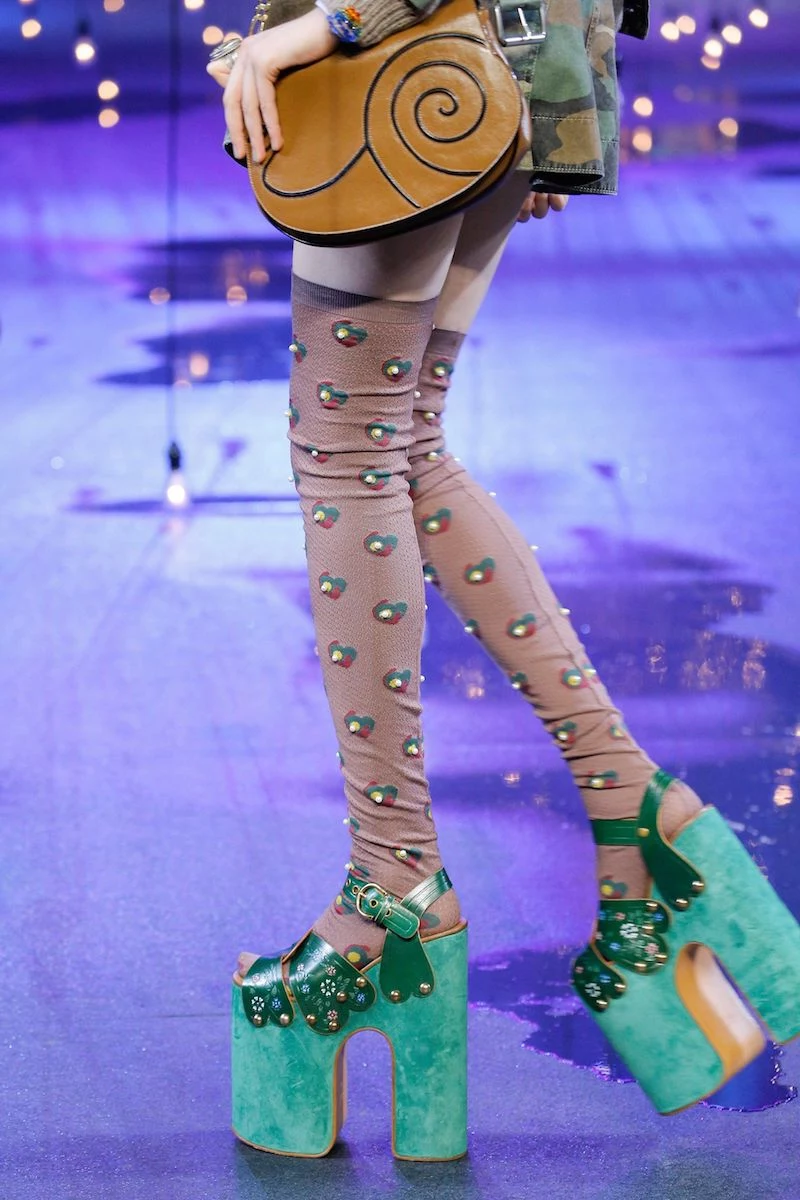
Winter’s worst enemy: those ugly white salt lines?
Mix a solution of equal parts white vinegar and water. Lightly dampen a clean cloth with the solution and gently dab the salt stains. The vinegar works to dissolve the salt deposits. Let the shoes air dry completely. Once dry, the suede might feel a bit stiff; just use your suede brush to soften it up and restore its natural texture.
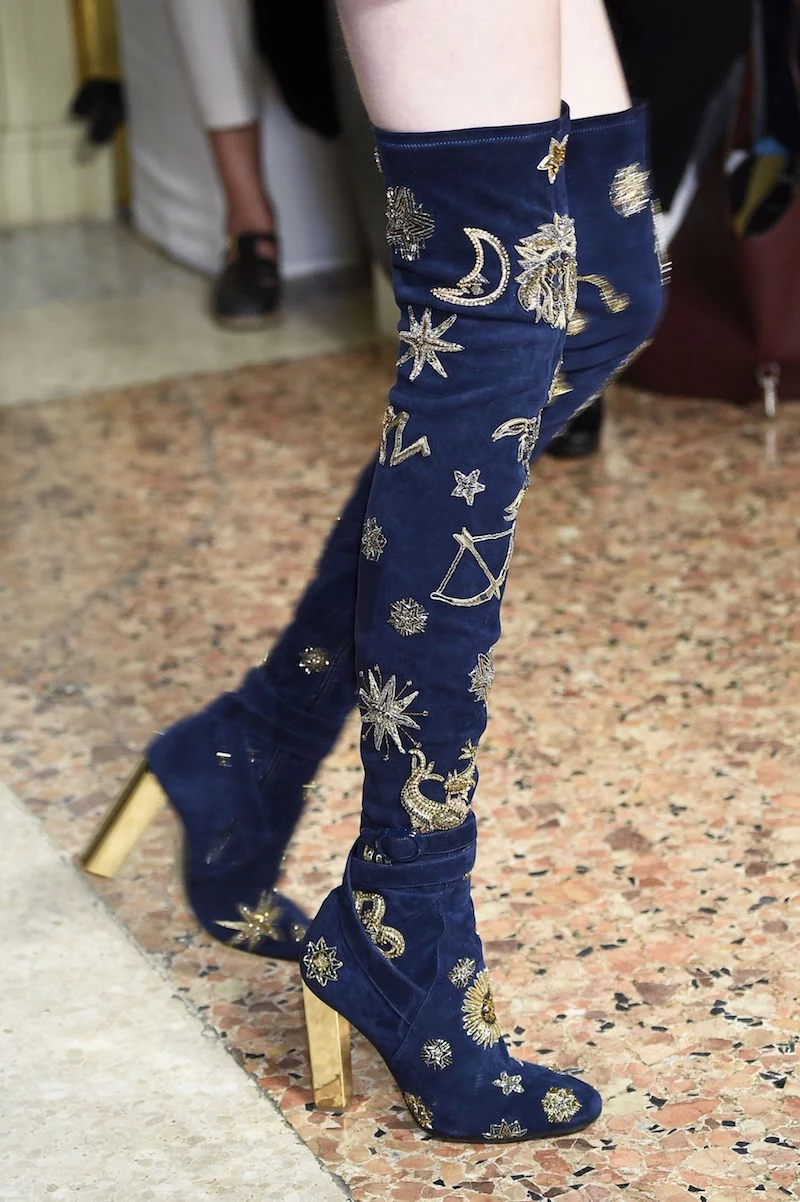
Forget just tan and black. As seen on recent Nike Dunk and New Balance 550 releases, suede is embracing a bold color palette. Vibrant blues, dusty pinks, and rich purples are in vogue. While stunning, be aware that dyes on light-colored suede can be more susceptible to bleeding if they get too wet, and dirt shows up more obviously. A pre-wear protector spray is non-negotiable for these statement pieces.
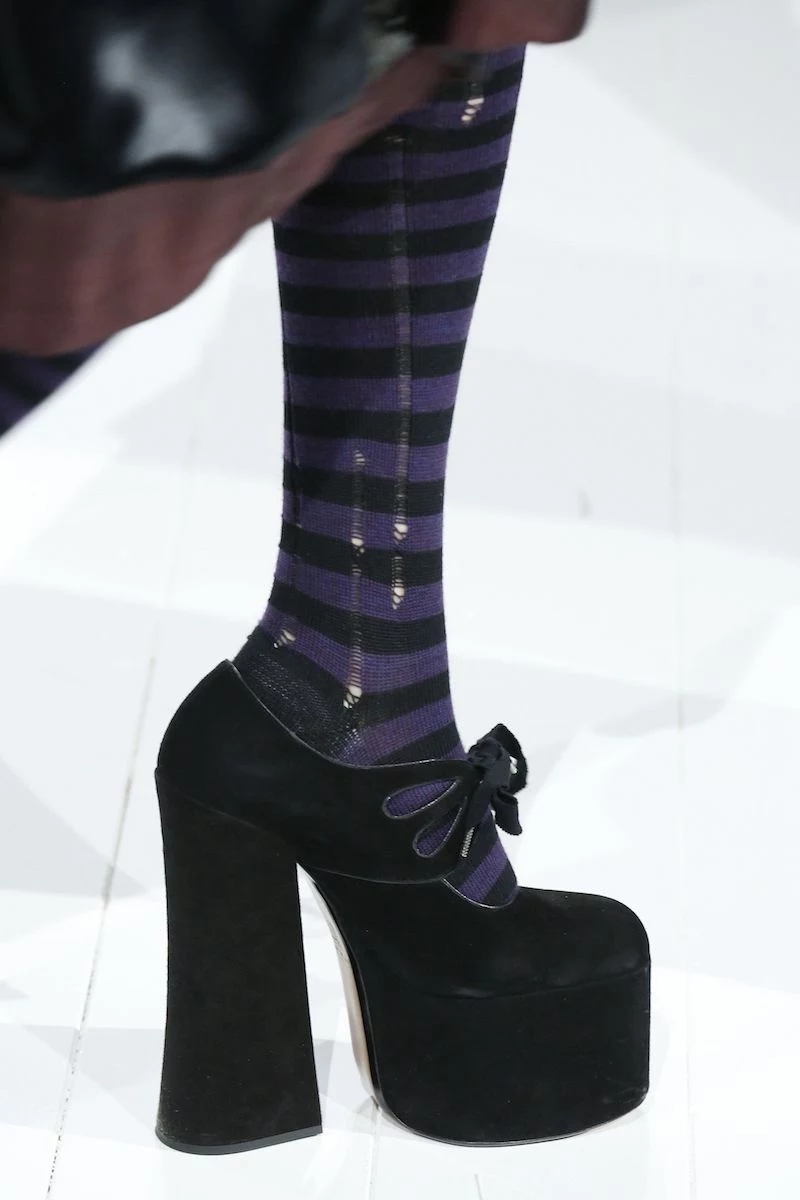
Never use heat to dry wet suede. It’s tempting to place damp shoes near a radiator or use a hairdryer to speed things up, but this is the fastest way to ruin them. Direct heat cooks the delicate proteins in the leather, leaving it irreversibly stiff, brittle, and often cracked. Patience is the ultimate tool—always let suede air dry at room temperature.
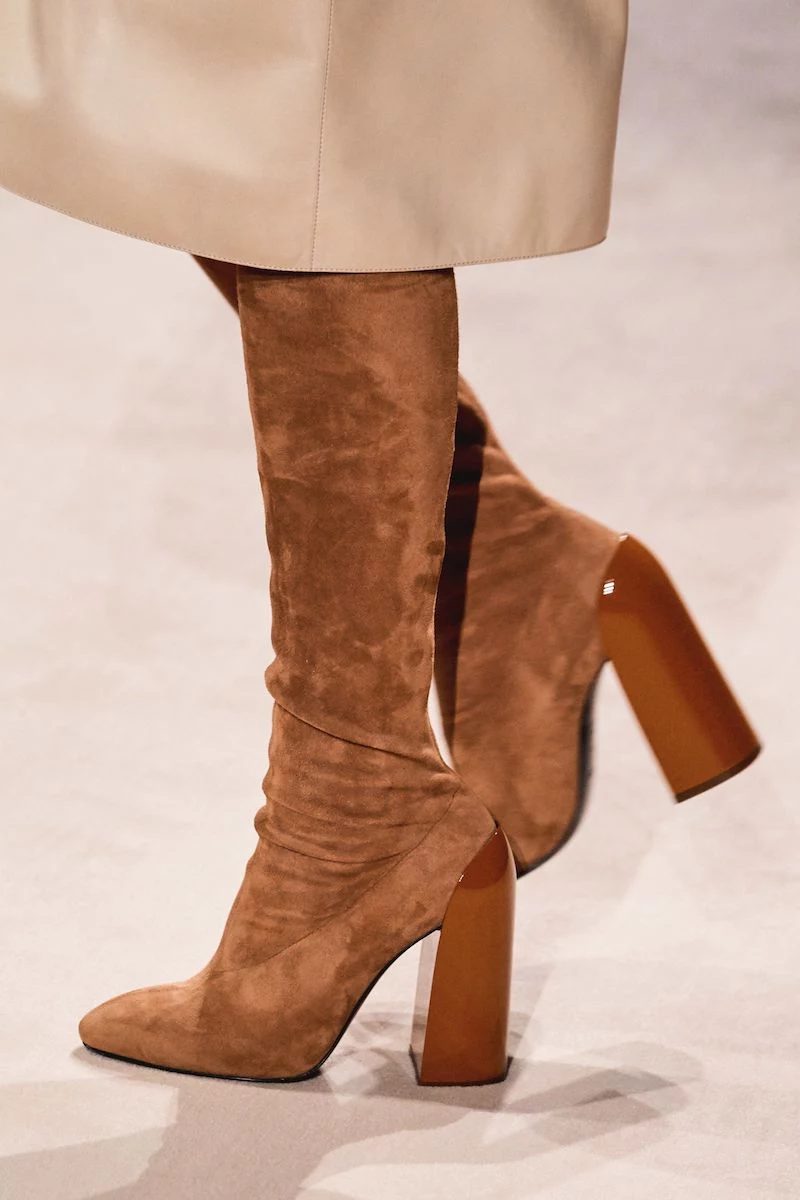
- The iconic fringed jackets of the 1970s.
- The sharp
Many brands are now using
Caring for a suede couch or armchair requires a slightly different approach than shoes. Vacuum regularly with a soft brush attachment to remove dust and crumbs. For spills, blot immediately and use a specialized upholstery suede cleaner, always testing on an inconspicuous area first. For an all-over refresh, professional upholstery cleaning once a year is a wise investment.
Budget-Friendly Kit: A basic set with a four-sided brush and eraser, like one from Kiwi, will handle most everyday scuffs and dirt for under $15.
Premium Investment: For serious enthusiasts, a comprehensive kit from a brand like Jason Markk or Saphir includes specialized shampoos and waterproofing sprays for superior performance on high-end items.
Start with a basic kit; you can always upgrade if your suede collection grows.
